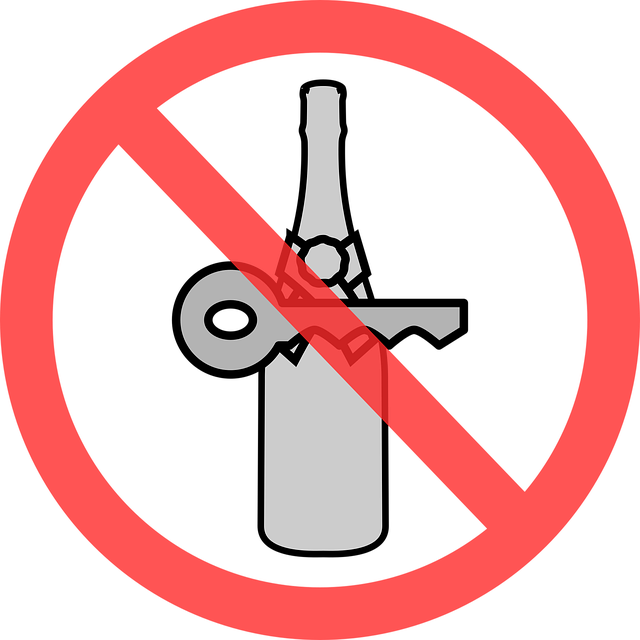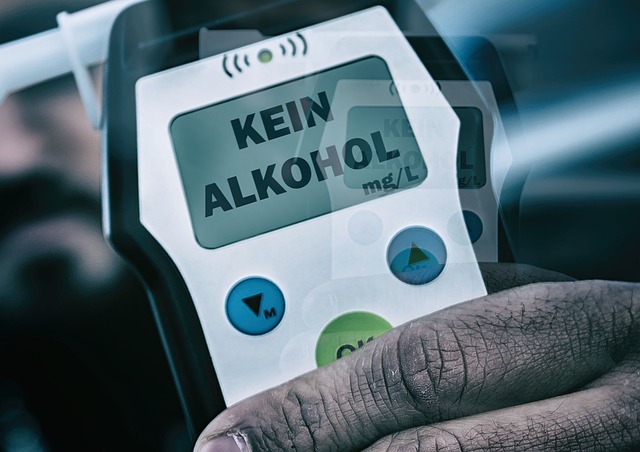Impaired driving poses a global crisis, leading to significant deaths and injuries. The WHO highlights devastating road crash losses due to alcohol and drug use. Countries implement multi-faceted strategies including stringent laws, public awareness, and treatment programs for substance abuse to reduce recidivism rates. Recidivism reduction strategies focus on education, community support, legal reforms with rehabilitation elements, and innovative technologies like ADAS and AI to enhance global road safety.
Impaired driving is a global concern, with varying cultural perspectives shaping its understanding and response. This article explores the far-reaching impacts of this issue, delving into specific challenges like recidivism—a critical aspect often requiring tailored prevention strategies. We examine effective approaches targeting at-risk groups, the role of community engagement in fostering awareness, and legal reforms aimed at reduction. Additionally, we look to future technologies for innovative solutions, offering a comprehensive guide to recidivism reduction strategies worldwide.
- Understanding Impaired Driving's Global Impact
- Recidivism: Challenges and Statistical Insights
- Targeted Prevention Strategies for At-Risk Groups
- Community Engagement for Awareness and Support
- Legal Reforms and Their Effectiveness in Reduction
- Future Technologies: Innovations in Prevention and Intervention
Understanding Impaired Driving's Global Impact

Impaired driving is a significant global issue that transcends borders and cultures, affecting every nation in varying degrees. The World Health Organization (WHO) estimates that worldwide, 1.25 million deaths occur annually due to road traffic crashes involving alcohol or drugs. This staggering number highlights the severe consequences of impaired driving on a global scale. Each region faces unique challenges, but the impact is universal—lost lives, devastating injuries, and long-lasting societal effects.
Addressing this problem requires a comprehensive approach, particularly focusing on recidivism reduction strategies. Many countries have implemented strict laws and enforcement efforts to deter impaired driving. These include increased penalties, random breath testing, and public awareness campaigns. Additionally, treatment programs offering counseling and support for individuals with substance abuse issues play a crucial role in breaking the cycle of impaired driving behavior. By combining stringent measures with rehabilitation, global perspectives on impaired driving can evolve, aiming to reduce recidivism rates and create safer road environments worldwide.
Recidivism: Challenges and Statistical Insights

Recidivism, or repeat impaired driving offences, presents a significant challenge in global road safety efforts. Studies show that individuals who have previously been convicted of driving under the influence (DUI) are at higher risk of reoffending, with rates varying across countries and demographics. This persistent issue demands focused attention to develop effective Recidivism Reduction Strategies.
Various factors contribute to recidivism, including social influences, lack of treatment options, and insufficient penalties. To combat this, many jurisdictions implement strict sentencing, mandatory education programs, and access to support services like counselling and addiction treatment. By employing these strategies, countries aim to break the cycle of impaired driving and promote safer behaviour among at-risk individuals.
Targeted Prevention Strategies for At-Risk Groups

Targeted prevention strategies are essential in addressing impaired driving among at-risk groups, aiming to reduce recidivism rates significantly. These initiatives often involve tailored interventions that consider cultural, socioeconomic, and environmental factors influencing high-risk populations’ behavior. For instance, community outreach programs can educate minority or low-income communities about the dangers of drunk driving, utilizing peer support and culturally sensitive messaging to encourage safer choices.
Additionally, specialized treatment programs offer a promising approach by providing personalized support for individuals with history of impaired driving. These strategies may include behavioral therapy, cognitive-behavioral interventions, and group support networks that help address underlying issues contributing to risky behavior. By focusing on recidivism reduction, these targeted prevention measures empower at-risk groups to make positive changes, ultimately leading to safer roads and communities.
Community Engagement for Awareness and Support

Community engagement plays a pivotal role in combating impaired driving by fostering awareness and offering support. Educational initiatives, such as workshops and public service announcements, can help spread knowledge about the dangers of driving under the influence. These efforts aim to change behaviors and reduce recidivism rates by encouraging responsible drinking habits and promoting alternative transportation options.
Moreover, community-led support groups provide a safe space for individuals struggling with substance abuse issues. By sharing experiences and offering peer support, these groups empower members to make positive changes and break free from the cycle of impaired driving. Effective community engagement strategies thus contribute significantly to Recidivism Reduction Strategies by addressing both individual behavior modification and broader societal awareness.
Legal Reforms and Their Effectiveness in Reduction

Legal reforms play a pivotal role in combating impaired driving and reducing recidivism. Stringent laws, including mandatory sentences, license suspensions, and ignition interlock devices, have shown promise in deterring individuals from repeat offenses. These measures not only penalize but also equip drivers with tools to avoid future impairment, such as breathalyzer tests and regular check-ins with oversight agencies.
The effectiveness of these legal reforms lies in their holistic approach, addressing both punishment and rehabilitation. By implementing recidivism reduction strategies, governments can create a safer driving environment while offering support for long-term behavioral change. This dual focus ensures that impaired drivers not only face consequences but also receive the necessary guidance to stay on the right path, thereby decreasing the rate of repeat impaired driving incidents.
Future Technologies: Innovations in Prevention and Intervention

The future of global perspectives on impaired driving looks promising with innovative technologies that aim to revolutionize prevention and intervention strategies. Advanced driver-assistance systems (ADAS) are becoming increasingly sophisticated, utilizing features like automatic emergency braking, lane departure warnings, and alcohol detection sensors. These technologies have shown potential in reducing recidivism rates by actively preventing incidents before they occur.
Furthermore, the integration of artificial intelligence (AI) and machine learning algorithms promises to enhance current impaired driving prevention efforts. By analyzing vast amounts of data, these systems can predict high-risk individuals and tailor intervention strategies accordingly. This personalized approach, combined with real-time monitoring solutions, has the potential to significantly impact recidivism reduction strategies on a global scale.
Impaired driving is a global challenge that transcends borders, necessitating comprehensive approaches. By understanding the unique perspectives and impacts across different regions, we can tailor effective recidivism reduction strategies. Combining targeted interventions for at-risk groups, community engagement, legal reforms, and innovative technologies offers a multi-faceted solution. Moving forward, these strategies must be continuously evaluated and adapted to meet the evolving needs of communities worldwide, ultimately aiming to create safer roads and save lives.






